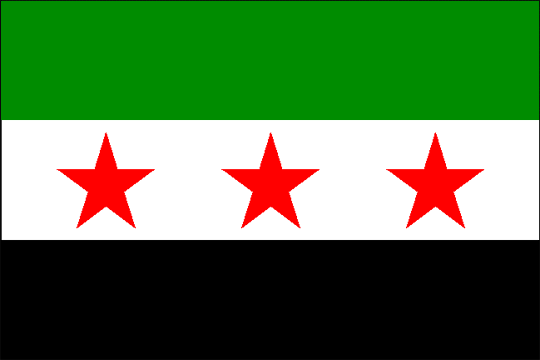From this interest check
*Note: currently looking for a co-GM
"The world will not be destroyed by those who do evil, but by those who watch them without doing anything” - Albert Einstein

The cold war defined our world for the later half of the twentieth century. Although full scaled conflicts never broke out between the superpowers, people’s life were no doubt changed. Today, we look back into these times, studying and analyzing every success and every mistake caused by the leaders’ decisions.
But what if you had the chance to make these decisions yourself, how would history change? If you held the pen to write in the past, what would your story be?
This RP will have an advanced standard for both writing and historical analysis skills. We will start from the year 1953, after that, every set of IC posts will progress the time by one month.
You have to start with in the exact historical situation that your country was in during 1953. After that, you are free to proceed with your heart’s content, though you actions should be plausible and reasonable.
There are three core IC elements to this RP, communication, overt actions and covert actions. Communication will allow you to announce your intents through mediums such as official state medias, United Nations and summits. Overt actions are actions that you cannot, or will not hide from other leaders. Lastly, covert actions are espionage, military raids and subtle influences.
Both the communication and overt actions elements will be included in your IC post, covert actions will be sent to me via PM. At the end of every round (or IC month), I will announce the results of these actions (based on historical possibilities and/or dice rolls). Make sure you include detailed numbers and locations (expenditure, number of personnel, equipment, maneuver routes etc.) in your posts and PMs, they will influence your rate of success/failure.
Here are some (not all) of the nations. Remember, not every country we have today existed back then, so do some research if you decide to play a nation outside of this list. While the writing standard applies to everyone, major nations will require expanded applications to demonstrate your language and history knowledge.
For countries with upcoming regime change(s), you get to choose how it will turn out. In Cuba’s example, you can choose between Batista and Castro. If you decide to take Batista, you will control his government and crush the revolution. If you take Castro, you will start as a revolutionary and eventually overthrow the government. In these situations, I encourage playing only one side.
Here is the format of your nation’s profile, please include at least one paragraph in each section.
We have some third party communications in Google Docs and Chatzy.
Lastly, there are some rules, The high standard should mean that most players are sensible and willing to work positively. These will only be guidelines in case any emergency happens.
*Note: currently looking for a co-GM
"The world will not be destroyed by those who do evil, but by those who watch them without doing anything” - Albert Einstein

The cold war defined our world for the later half of the twentieth century. Although full scaled conflicts never broke out between the superpowers, people’s life were no doubt changed. Today, we look back into these times, studying and analyzing every success and every mistake caused by the leaders’ decisions.
But what if you had the chance to make these decisions yourself, how would history change? If you held the pen to write in the past, what would your story be?
This RP will have an advanced standard for both writing and historical analysis skills. We will start from the year 1953, after that, every set of IC posts will progress the time by one month.
You have to start with in the exact historical situation that your country was in during 1953. After that, you are free to proceed with your heart’s content, though you actions should be plausible and reasonable.
There are three core IC elements to this RP, communication, overt actions and covert actions. Communication will allow you to announce your intents through mediums such as official state medias, United Nations and summits. Overt actions are actions that you cannot, or will not hide from other leaders. Lastly, covert actions are espionage, military raids and subtle influences.
Both the communication and overt actions elements will be included in your IC post, covert actions will be sent to me via PM. At the end of every round (or IC month), I will announce the results of these actions (based on historical possibilities and/or dice rolls). Make sure you include detailed numbers and locations (expenditure, number of personnel, equipment, maneuver routes etc.) in your posts and PMs, they will influence your rate of success/failure.
Here are some (not all) of the nations. Remember, not every country we have today existed back then, so do some research if you decide to play a nation outside of this list. While the writing standard applies to everyone, major nations will require expanded applications to demonstrate your language and history knowledge.
For countries with upcoming regime change(s), you get to choose how it will turn out. In Cuba’s example, you can choose between Batista and Castro. If you decide to take Batista, you will control his government and crush the revolution. If you take Castro, you will start as a revolutionary and eventually overthrow the government. In these situations, I encourage playing only one side.
Here is the format of your nation’s profile, please include at least one paragraph in each section.
We have some third party communications in Google Docs and Chatzy.
Lastly, there are some rules, The high standard should mean that most players are sensible and willing to work positively. These will only be guidelines in case any emergency happens.





